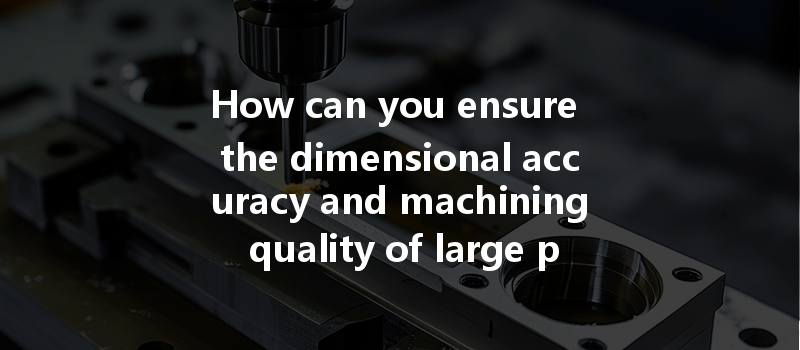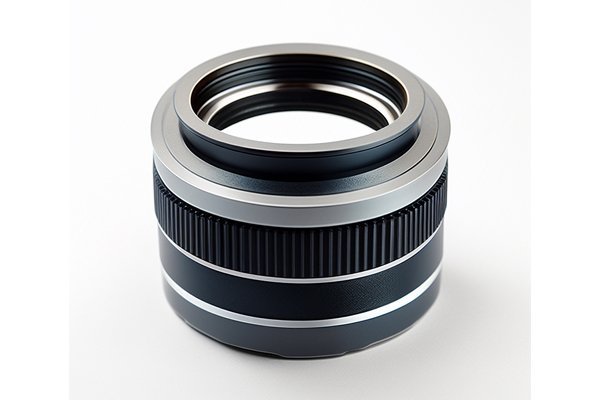Did you know that according to a report by the National Institute of Standards and Technology (NIST), up to 85% of manufacturing inconsistencies can be traced back to a lack of accurate measurement? In a world where precision is paramount, especially in CNC machining of large parts, understanding how to ensure dimensional accuracy and machining quality is critical to maintaining competitive advantages and maximizing efficiency. But how can manufacturers guarantee that large parts meet stringent specifications? This blog delves into effective techniques, best practices, and actionable steps to achieve optimal precision in CNC machining.
Understanding CNC Machining and Its Importance
Computer Numerical Control (CNC) machining has revolutionized the manufacturing landscape by automating the process of cutting and shaping materials. This technology allows for high levels of precision, speed, and repeatability—essential factors for industries such as aerospace, automotive, medical, and defense. With large components often being complex and costly to produce, any deviation in dimensions can lead to significant financial losses, project delays, or even failures in critical applications.
The Challenges of Machining Large Parts
Machining large parts introduces unique challenges, including:
Key Techniques for Ensuring Dimensional Accuracy
Choosing the appropriate materials can vastly influence the machining process. Each material has different thermal properties, hardness, and machinability, which can impact dimensional accuracy. For large parts, materials that exhibit minimal thermal expansion, such as certain alloys or composites, are often preferred. Additionally, understanding how the material behaves during machining can help technicians anticipate changes that may affect final dimensions.
Using the right tooling is essential in maintaining accuracy. High-quality, sharp cutting tools reduce the amount of force required, leading to less heat generation—a major contributor to distortion. Using toolpath simulation software can help optimize feeds and speeds while also minimizing wear on tools.
Proper fixturing is crucial for large part machining. Custom fixtures tailored to the part’s geometry can stabilize it during the machining process, reducing vibrations that may lead to inaccuracies. Manufacturers may also consider using clamps, vacuum fixtures, or magnetic workholding systems to securely hold large components.
Temperature fluctuations can have a dramatic impact on machining results. Implementing cooling systems, including coolant options or climate-controlled machining environments, can help maintain consistent temperatures. Monitoring the thermal state of both the material and machine is crucial for precision.
Investing in skilled technicians is equally important. Regular training in CNC operations, geometrical dimensioning and tolerancing, and advanced measurement techniques can significantly reduce error rates. Creating a culture of quality and precision encourages technicians to adhere to best practices when machining large parts.

Quality Control Measures
In-process inspections enable immediate feedback regarding dimensional accuracy. Utilizing advanced measurement technologies such as laser scanning or CMM (coordinate measuring machine) can detect deviations quickly, allowing for real-time adjustments.
Implementing SPC techniques helps monitor and control the machining process by collecting data on performance metrics. This data can lead to early detection of trends that indicate potential problems, enabling proactive interventions.
After machining, thorough inspections are vital for ensuring that the finished parts meet specified tolerances. Techniques such as surface profile measurement, dimensional checks, and functional testing are standard practices in the industry.
The Role of Technology
Investing in updated CNC software can bring several benefits, such as improved toolpath generation, enhanced simulations, and better error detection. Modern CNC machines come equipped with intelligent automation features that help to minimize human error while optimizing machining processes.
Digital twin technology allows manufacturers to create a virtual representation of the machining process, which can be analyzed and optimized before actual production begins. This technology facilitates predictive maintenance, improving operational efficiency.
Collaborative Approach
Collaboration with material suppliers and tooling manufacturers can lead to insights that improve dimensional accuracy. Many suppliers offer consultation services to help manufacturers choose the best materials and tools for specific applications.
Establishing feedback loops between engineering, production, and quality assurance teams helps in understanding challenges and producing better outcomes. Continuous improvement initiatives encourage workers to suggest modifications that can yield higher accuracy.
Ensuring the dimensional accuracy and machining quality of large parts in CNC applications is not just a matter of good machinery; it involves a multi-faceted approach, including smart material selection, precision tooling, effective workholding, temperature control, skilled training, and state-of-the-art technology.
As industries evolve and demand higher precision, manufacturers must be proactive in adopting best practices and innovative solutions to maintain a competitive edge. The quest for quality and accuracy in CNC machining is continual and complex, but the rewards—greater customer satisfaction, reduced production costs, and improved market competitiveness—are well worth the effort.
Reflecting on this blog is essential for anyone involved in CNC machining, as understanding these core techniques will contribute significantly to enhanced product quality and operational efficiency. Are your processes up to the standard they need to be? It’s time to think critically about how advancements in precision machining can transform your approach to manufacturing large parts.






